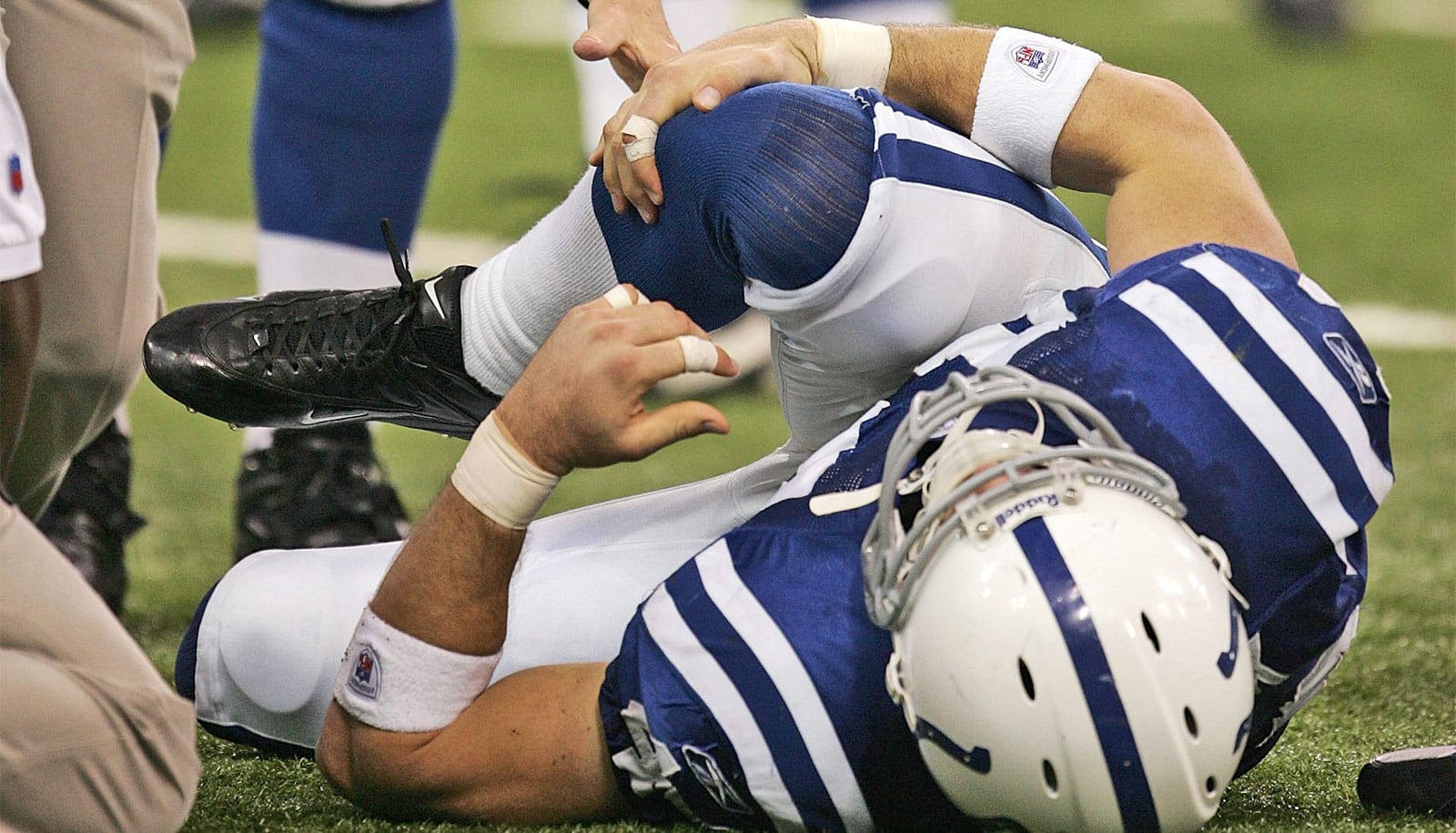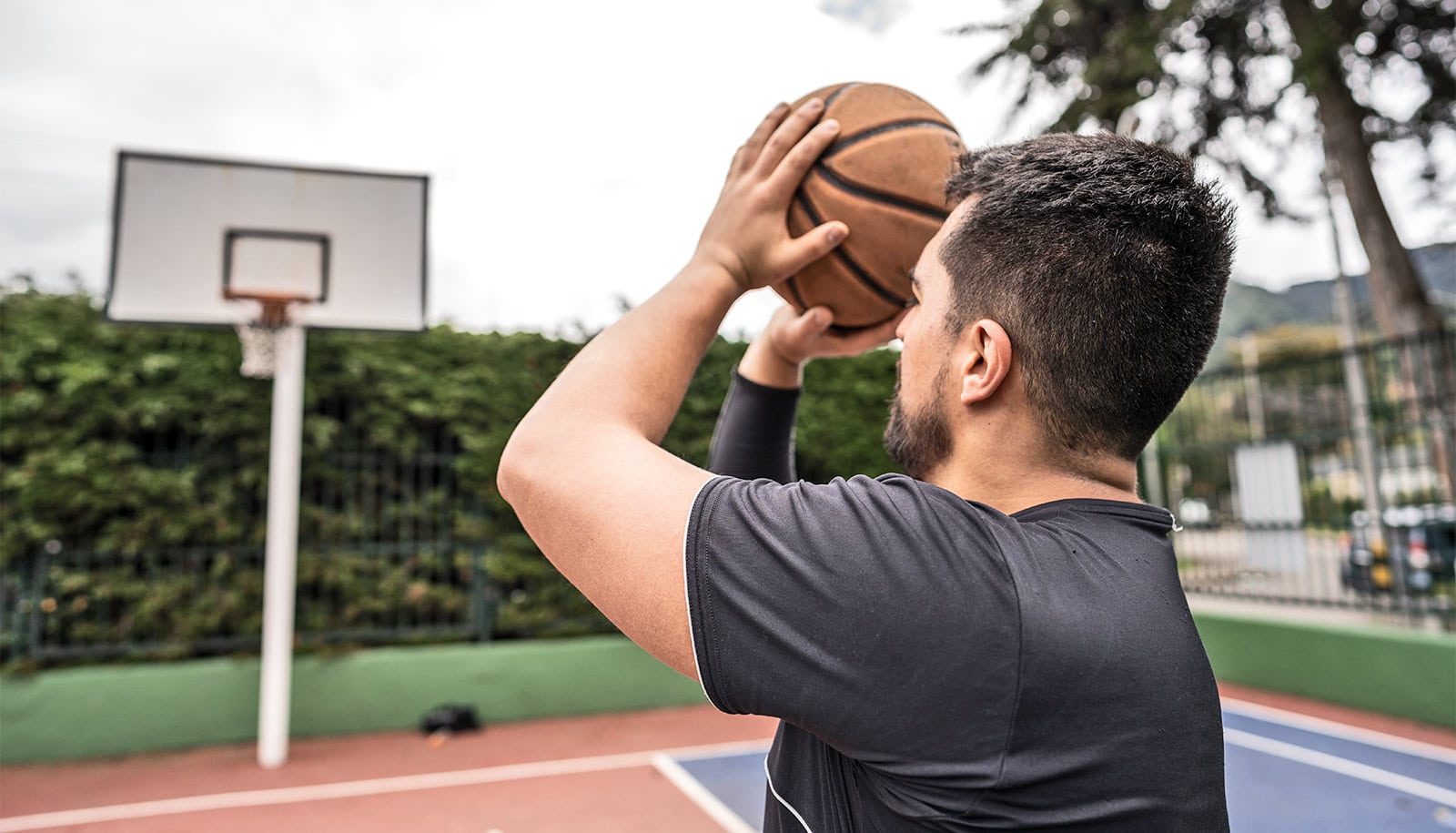When Olympic figure skaters, snowboarders, and ski jumpers execute breathtaking spins and flips, they pull them off because of two fundamental improvements in the way their brains work, says biomedical engineer Kathleen Cullen.
First, their brains have built intricate models for the sensory input that comes in during a proper triple Salchow or Lutz.
Everyone’s brain builds models—typically for ordinary tasks like walking down the street or climbing stairs. But years and years of practicing elaborate, disorienting moves has forged considerably more complex models in the brains of elite athletes, says Cullen, co-director of the Johns Hopkins Center for Hearing and Balance.
While an Olympian is rotating or upside-down, the brain is crunching data coming in from the eyes with what the inner ear knows about motion and spatial orientation, The brain combines that data with even more information from the nerves and muscles. If the flip is on track, the brain knows. If it’s not, the brain knows how to fix it.
“Think of a snowboarder doing a double McTwist or some daring maneuver that gives us all the chills,” Cullen says. “What they’ve done is they’ve practiced that maneuver over and over and over again, so that they’ve built a very sophisticated model of the sensory flow they expect during that routine. And what’s also very unique about these athletes is when there’s a mismatch between what they expect and what actually occurred, rather than panicking, they can recalibrate on the fly to deal with the new constraints.”
Next, the brains of Olympians have learned to ignore sensory signals that make regular people dizzy.
Dizziness happens after spinning because the inner ear sends an incorrect signal to the brain.
Heart rate varies to keep bodies in balance
In everyday life, the inner ear sensors responsible for this error provide our perception of rotation and generate eye movements that help keep the world looking stable as we move through it. But when we stop spinning, inner ear fluid keeps moving due to inertia and also makes the eyes continue to move. We feel like the world is still whirling. But Olympians, skaters in particular, do not. Their brains have changed to quash the feeling.
“If you look at athletes who do a lot of spinning in training, what they’ve learned to do is suppress this false input,” Cullen says. “Over time their brain develops this ability.”
Source: Johns Hopkins University



